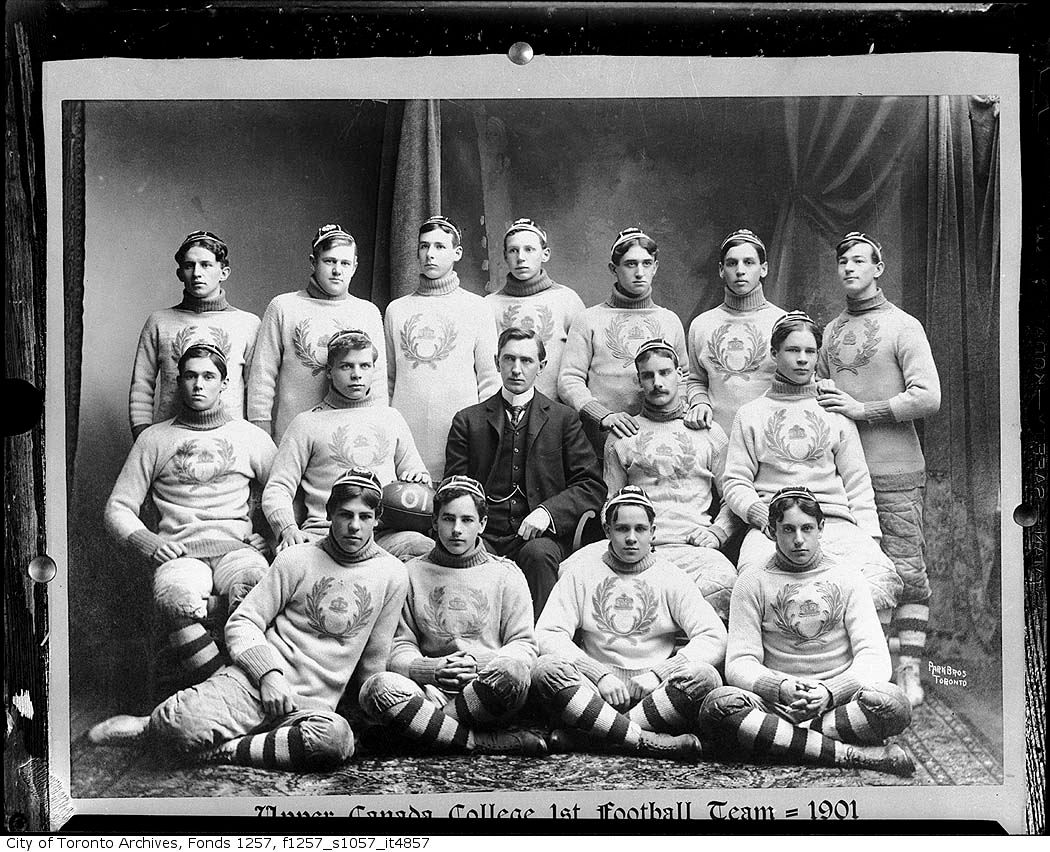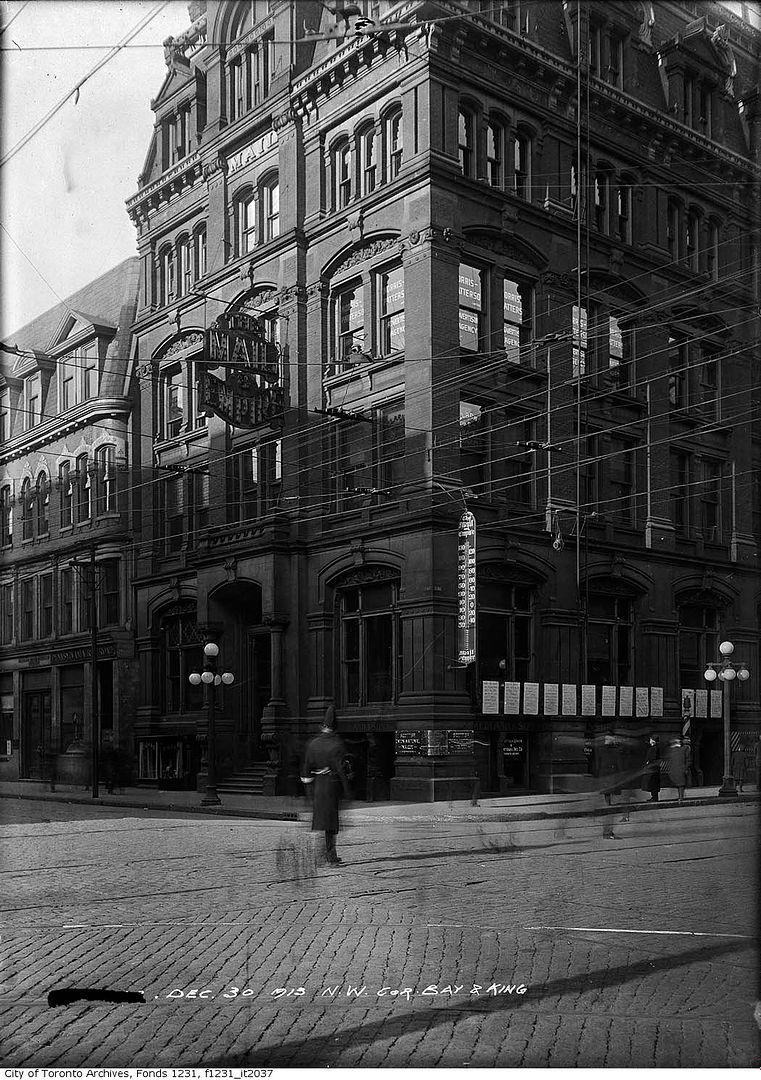thecharioteer
Senior Member
You guys were quite harsh on the future cream of Toronto's medical establishment. I'm sure they cleaned themselves up when they had to:

And there is a certain "Brideshead Revisted" quality in some of the shots (Toronto version):
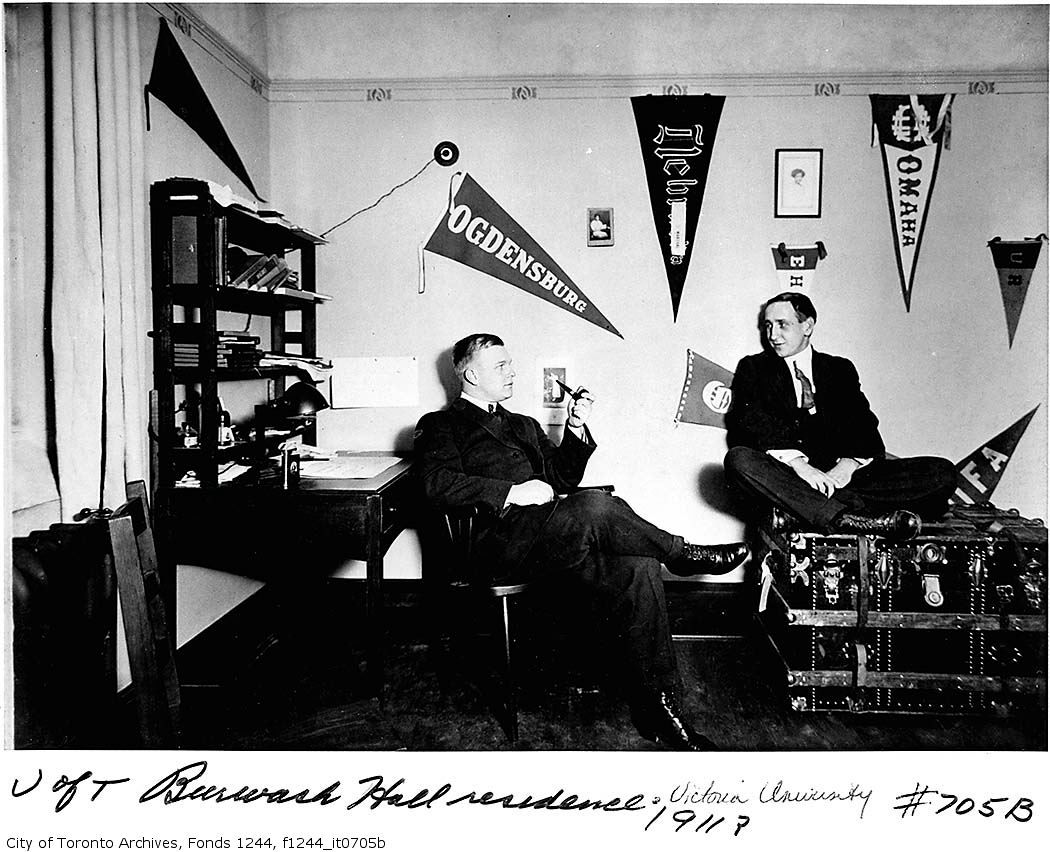
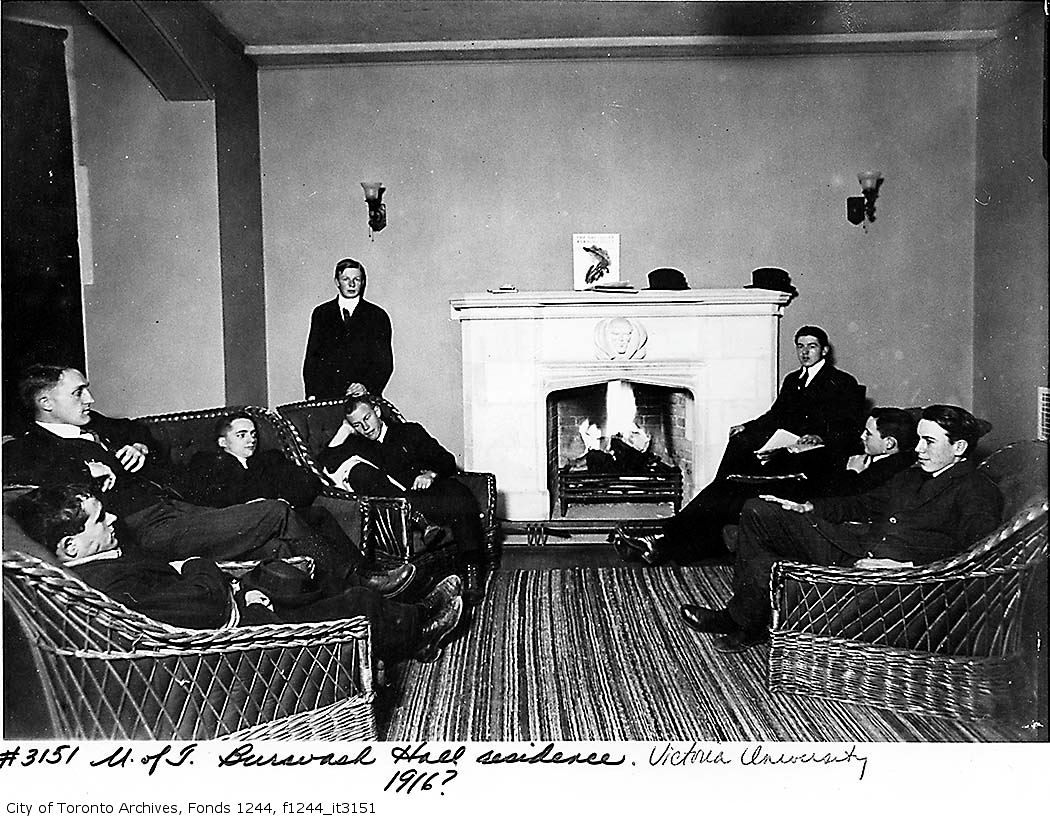
And there were always the wild and crazy art students in their life-drawing classes (Toronto version; no nude models apparently):
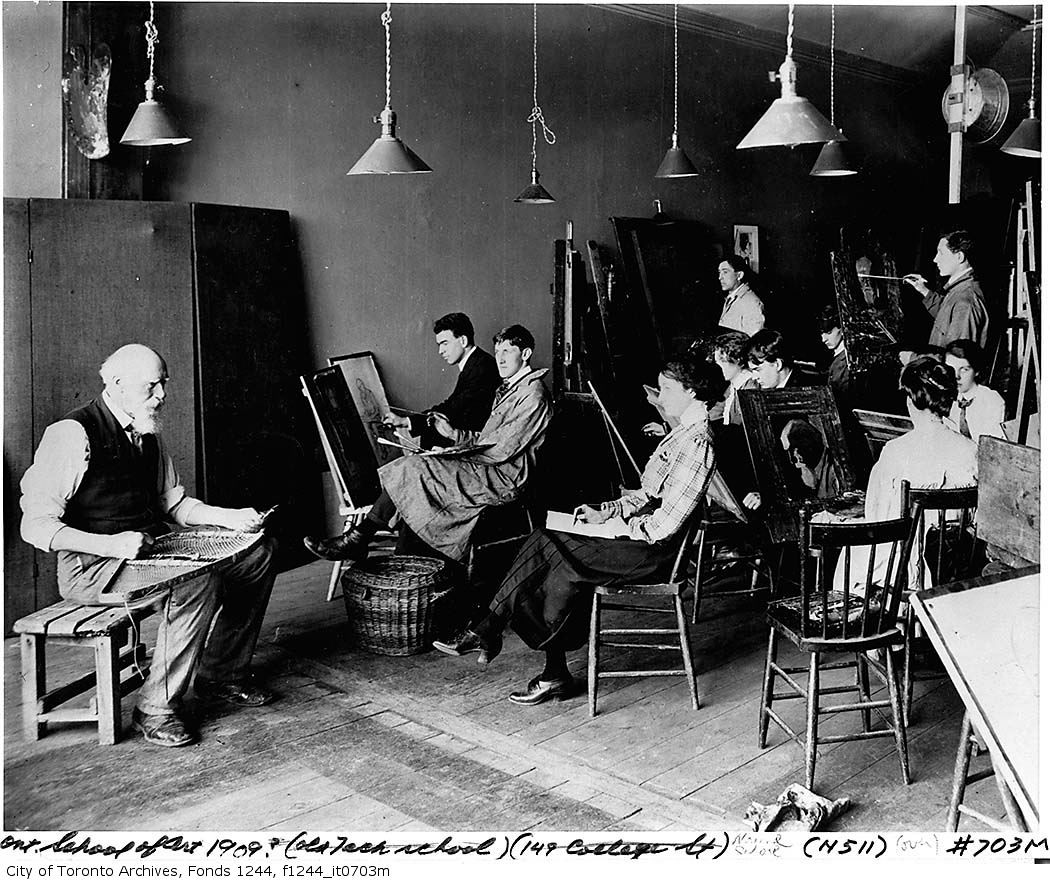
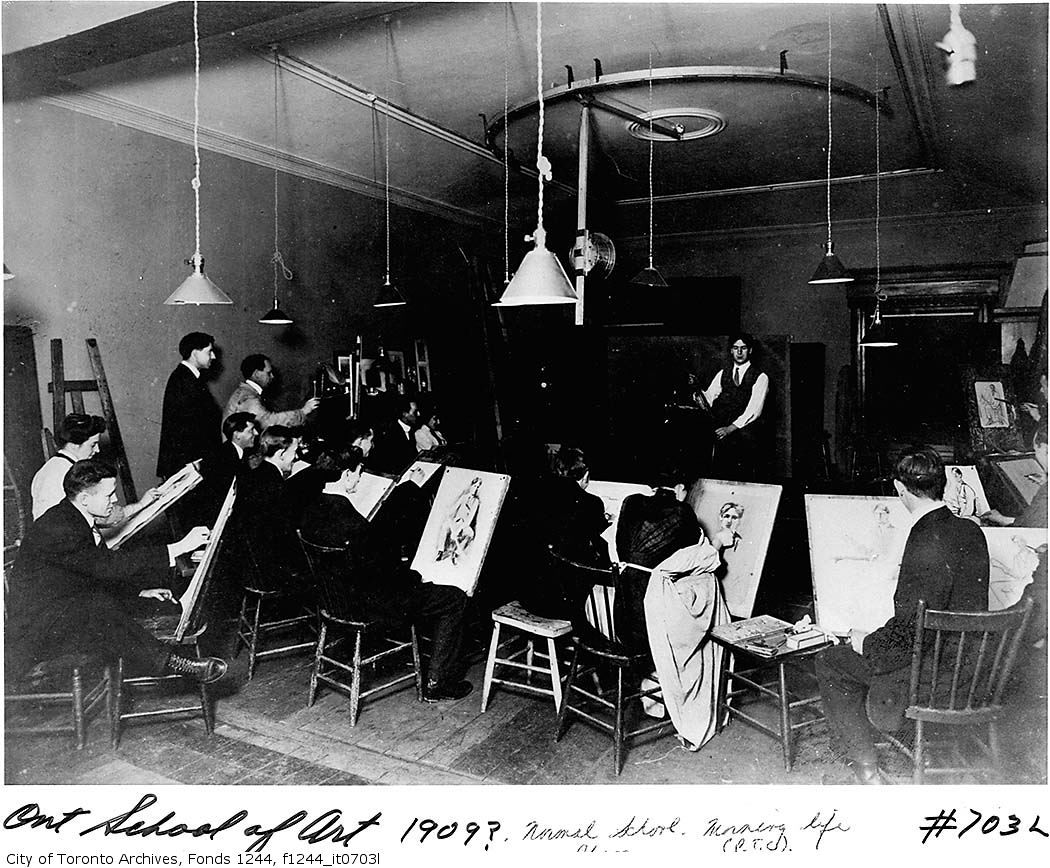
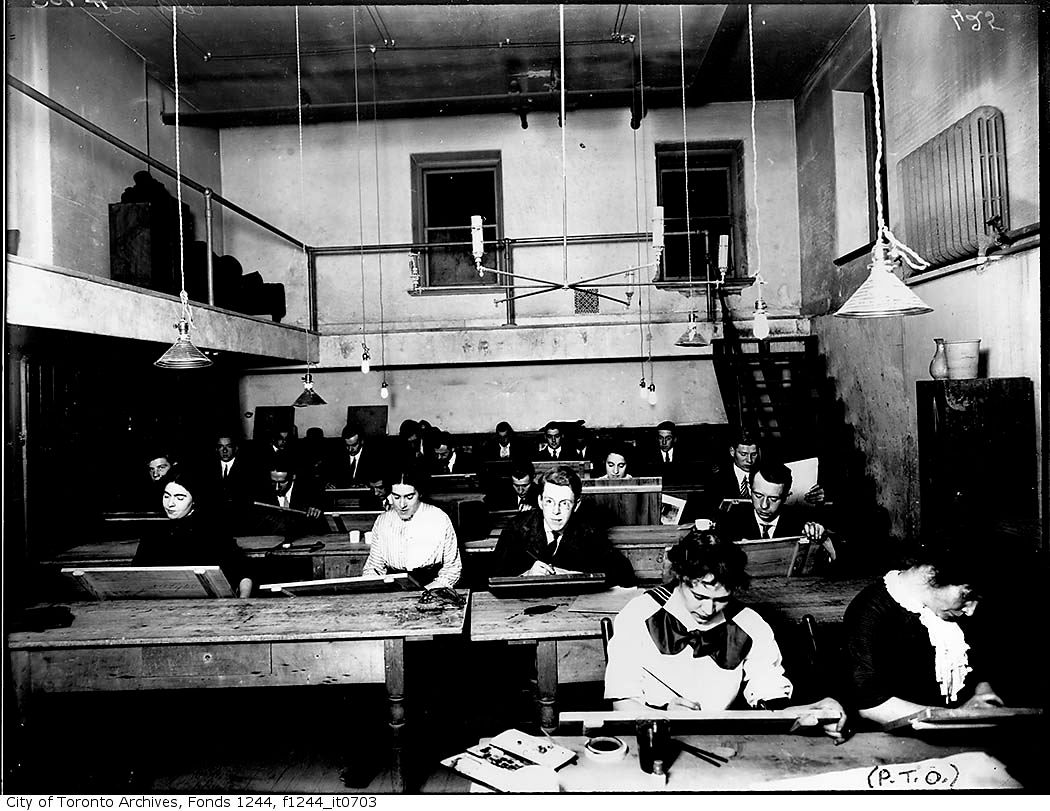
Things livened up when women were admitted to campus:
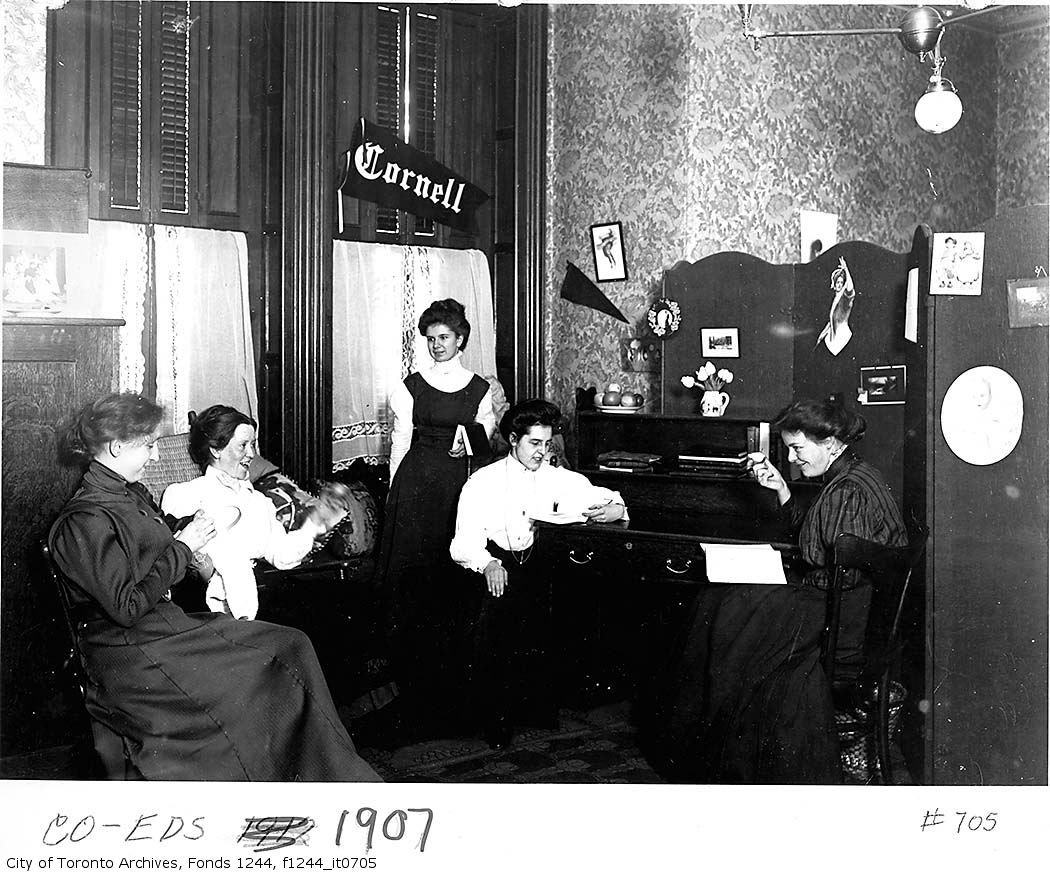
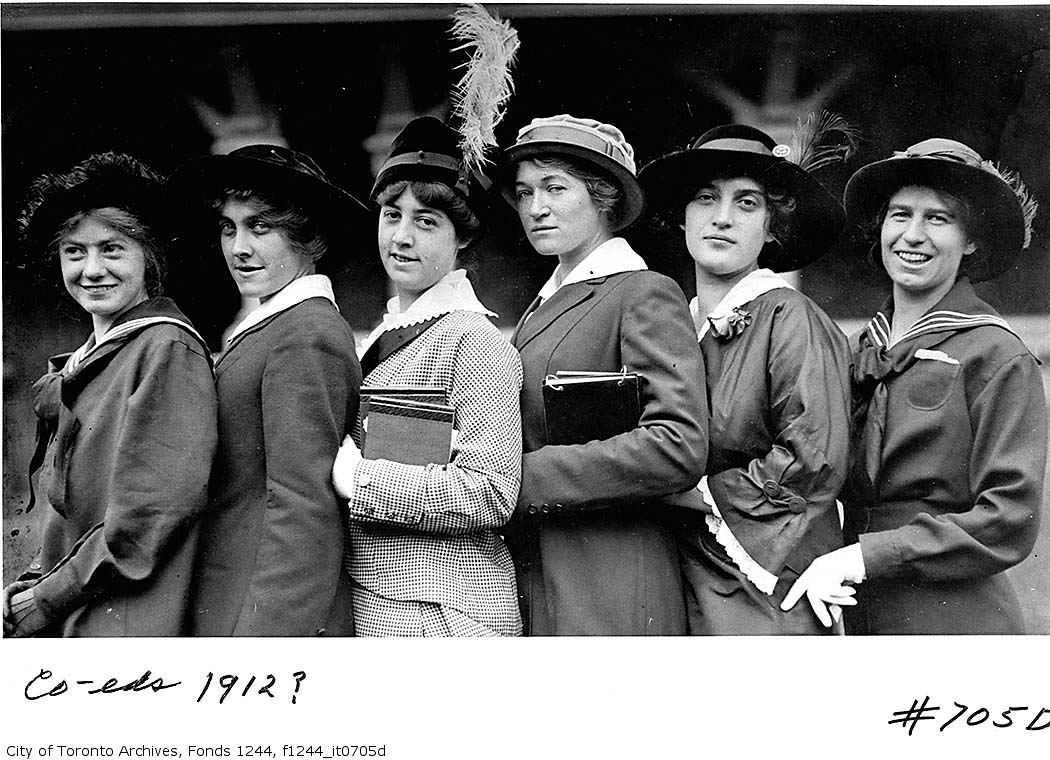
They knew how to dress in those days:


And there is a certain "Brideshead Revisted" quality in some of the shots (Toronto version):


And there were always the wild and crazy art students in their life-drawing classes (Toronto version; no nude models apparently):



Things livened up when women were admitted to campus:


They knew how to dress in those days:






